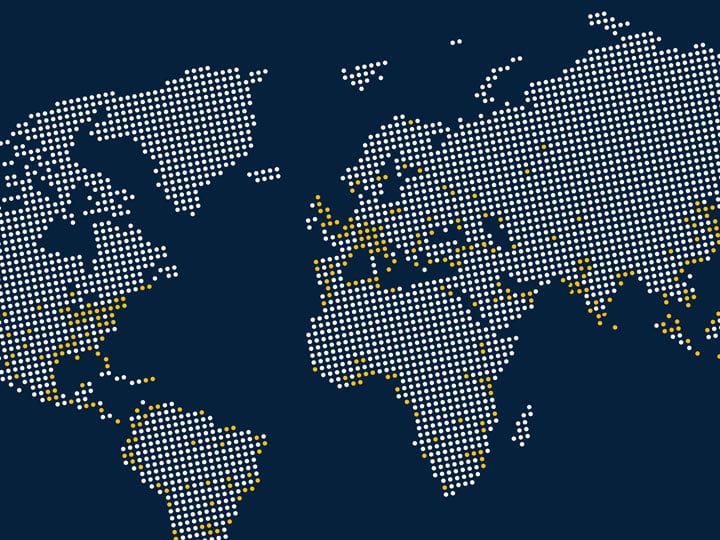ASTM E330: Standard Test Method for Structural Performance of Exterior Windows, Doors, Skylights and Curtain Walls by Uniform Static Air Pressure Difference
Standard: ASTM E330 – Standard Test Method for Structural Performance of Exterior Windows, Doors, Skylights and Curtain Walls by Uniform Static Air Pressure Difference
Scope: This test method describes the determination of the structural performance of exterior windows, doors, skylights, and curtain walls under uniform static air pressure differences, using a test chamber. This test method is applicable to curtain wall assemblies including, but not limited to, metal, glass, masonry, and stone components.
This test method is intended only for evaluating the structural performance associated with the specified test specimen and not the structural performance of adjacent construction.
Applicable Products: All products seeking NAFS compliant reports for fenestration products. Additionally, widely used in building codes as the method used to confirm/validate perpendicular wind sheer capabilities.
Test Procedure: Procedure A - Check the specimen for proper adjustment. For operable specimens, open, close, and lock each ventilator, sash, or door five times after adjustments and prior to testing. Install any required deflection-measuring devices at their specified locations.
Apply the load and hold for 10 s. Release the pressure difference across the specimen and, after a recovery period to allow stabilization of the test specimen, zero-out deflection-measuring devices. The recovery period for stabilization shall not be less than 1 min nor more than 5 min at zero load.
Unless otherwise specified, apply, and maintain the load for not less than 10 s. Record deflection readings. Reduce the pressure difference to zero and, after a recovery period to allow stabilization of the test specimen, record permanent deformation. The recovery period for stabilization shall not be less than 1 min nor more than 5 min at zero load.
Repeat the previous steps for loading in the opposite direction at pre-determined load levels.
End Result: Verification that the product does or does not meet the performance criteria for Fenestration products. A comprehensive test report will be issued at the end of the conclusion of testing.
You may be interested in...
Knowledge Center
Building Health & Wellness: An Overview of Services
Acoustical Testing & Consulting Resources
Remote Pre Inspections for NFPA 80 / 101
Protek - Safety. Everywhere. Every Day
Fire Doors 101: Your Guide to Testing and Certification - Webinar Recording
Tornado Testing & Certification Requirements - Webinar Recording
Plumbing Products Testing & Certification - Webinar Recording
The Evolving Code Evaluation Process White Paper
Proposition 65 & the Furniture Industry Webinar Recording
Why Planning for FCC Certification is Key to Success in the Door Hardware Industry White Paper

Upcoming Tradeshows & Events
Resources
- Search and Buy Building & Construction Standards
- SpecDirect
- Building Products Directory
- Project Connect (formerly myATI) – B&C Products
- Construction Hive – B&C Projects (PSIQest)
- My TestCentral


